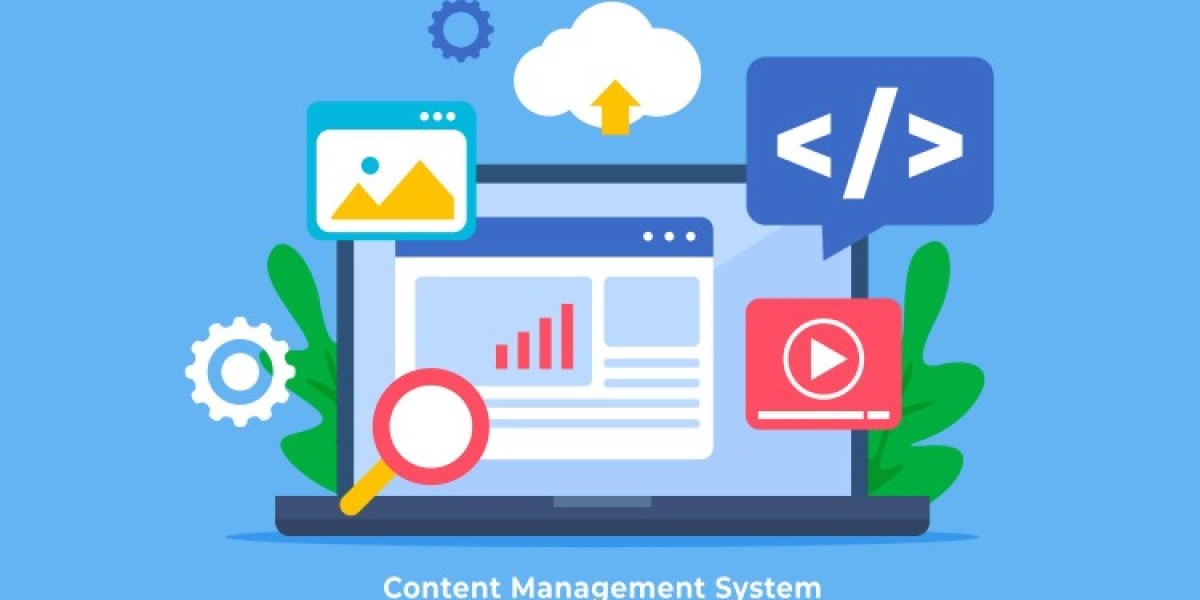Originally published by Quantzig: Effective Customer Acquistion with Customer Micro Marketing Segmentation
Introduction to Micro Marketing Segmentation
In today’s highly competitive market, establishing a personal connection with customers is essential for lasting success. Micro-segmentation allows businesses to divide their customer base into highly specific groups, enabling them to develop targeted marketing strategies using near real-time data. This detailed, data-driven approach not only enhances customer engagement and satisfaction but also improves conversion rates and drives business growth. In this article, we will discuss how customer micro-segmentation can significantly improve marketing effectiveness.
Benefits of Micro Marketing Segmentation
Understanding Customer Micro-Segmentation
Customer micro-segmentation involves breaking down a company’s customer base into smaller, more precise groups that are relevant to the business. Unlike traditional segmentation, micro-segmentation divides customers into detailed clusters based on behavioral predictions, allowing marketers to tailor initiatives to each micro-segment. This enhances the efficiency of every customer interaction.
Difference Between Micro and Macro Segmentation
The primary difference between macro and micro segmentation is the level of detail involved. Macro segmentation groups customers based on broad characteristics like location or language, whereas micro segmentation dives deeper, considering specific preferences like favorite products or purchase history. Macro segmentation results in larger, diverse groups, while micro segmentation creates smaller, more homogenous clusters, making them easier to target with personalized marketing.
Types of Customer Micro-Segmentation
Behavioral Segmentation
Behavioral segmentation categorizes customers based on actions such as browsing habits, purchase frequency, or intent. This allows businesses to craft strategies tailored to different customer types, whether they are new buyers or loyal repeat customers.
Geographic Segmentation
Geographic segmentation classifies customers based on their location, such as country, state, or city. It can also factor in environmental aspects like climate or urban versus rural settings, which helps uncover regional preferences.
Demographic Segmentation
Demographic segmentation focuses on socio-personal characteristics like age, gender, education, and income, giving businesses the ability to better cater to customer needs and expectations.
Psychographic Segmentation
Psychographic segmentation targets traits like personality, values, and interests, from lifestyle preferences to shopping habits. This enables businesses to offer highly personalized marketing based on customer values and behaviors.
Importance of Effective Micro Marketing Segmentation
Personalized Marketing Campaigns
Micro-segmentation allows businesses to create highly tailored marketing campaigns that align with each customer’s journey, using data to understand touchpoints and pain points. Personalized campaigns lead to higher engagement and customer satisfaction.
Increased Customer Loyalty and Retention
By understanding customers in greater detail, businesses can build stronger relationships, improve retention rates, and foster loyalty—gaining a competitive edge in the process.
Dynamic Customer Segments
Micro-segmentation enables businesses to monitor customer behavior in real-time, allowing for dynamic adjustments to strategies and customer segments. This ensures that marketing campaigns remain relevant and personalized.
Agile Marketing Strategies
As customer preferences evolve, micro-segmentation helps businesses quickly adapt their marketing strategies, ensuring they stay ahead of the competition and maintain strong customer connections.
Challenges of Ineffective Micro Marketing Segmentation
Siloed Data and Lack of Unified Approach
Fragmented data across various marketing teams can result in disjointed customer experiences, reducing engagement. Micro-segmentation helps break down these silos and fosters cross-channel collaboration for more cohesive outreach.
Missed Cross-Channel Opportunities
Without micro-segmentation, businesses risk missing opportunities to personalize their marketing efforts across different channels, leading to lower ROI and weakened customer engagement.
Benefits of Effective Customer Micro Marketing Segmentation
Identify Customer Preferences and Pain Points
Micro-segmentation helps businesses understand specific customer preferences and pain points, allowing them to design highly targeted campaigns that resonate with individuals, ultimately boosting conversion rates.
Capture Real-Time Insights
By leveraging real-time insights, businesses can refine their marketing strategies based on the latest customer interactions, enhancing engagement and maximizing return on investment (ROI).
Personalized Customer Experience
Through behavioral predictions and customer lifecycle stages, micro-segmentation enables businesses to offer a highly personalized experience. This level of customization enhances satisfaction and builds customer loyalty.
Optimize Marketing Actions with AI
Using AI and predictive analytics, businesses can optimize their marketing actions, accurately targeting customers at the right time to improve campaign effectiveness and maximize ROI.
Reduce Customer Churn
With predictive analytics and micro-segmentation, businesses can identify customers at risk of churning and implement proactive measures to reduce attrition, increasing retention and customer lifetime value.
Establishing Micro Marketing Segmentation
- Identify Your Target Audience: Define the demographics, behaviors, and preferences of your customers.
- Collect Customer Data: Gather comprehensive customer information, including demographic and behavioral data.
- Create Micro-Segments: Use data analysis to create specific, relevant customer groups.
- Develop Targeted Campaigns: Design personalized marketing campaigns for each segment.
- Monitor and Refine: Continuously evaluate your segmentation's effectiveness and make necessary refinements to optimize results.
Conclusion
Customer micro-segmentation is a powerful strategy that enables businesses to deliver personalized experiences, improve engagement, and drive growth. By adopting a micro-segmentation approach, businesses can strengthen relationships with their customers, boosting satisfaction, loyalty, and long-term success.


